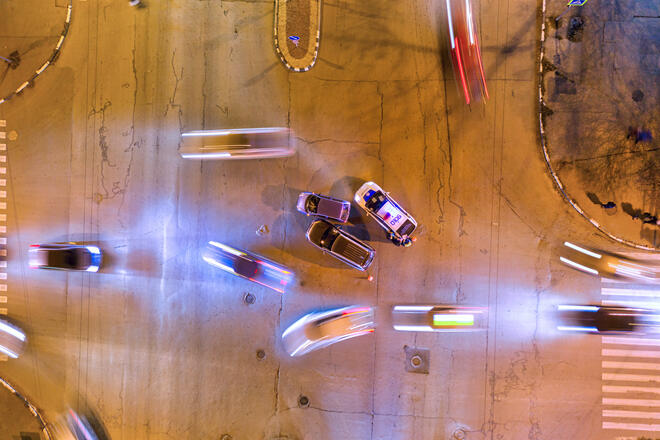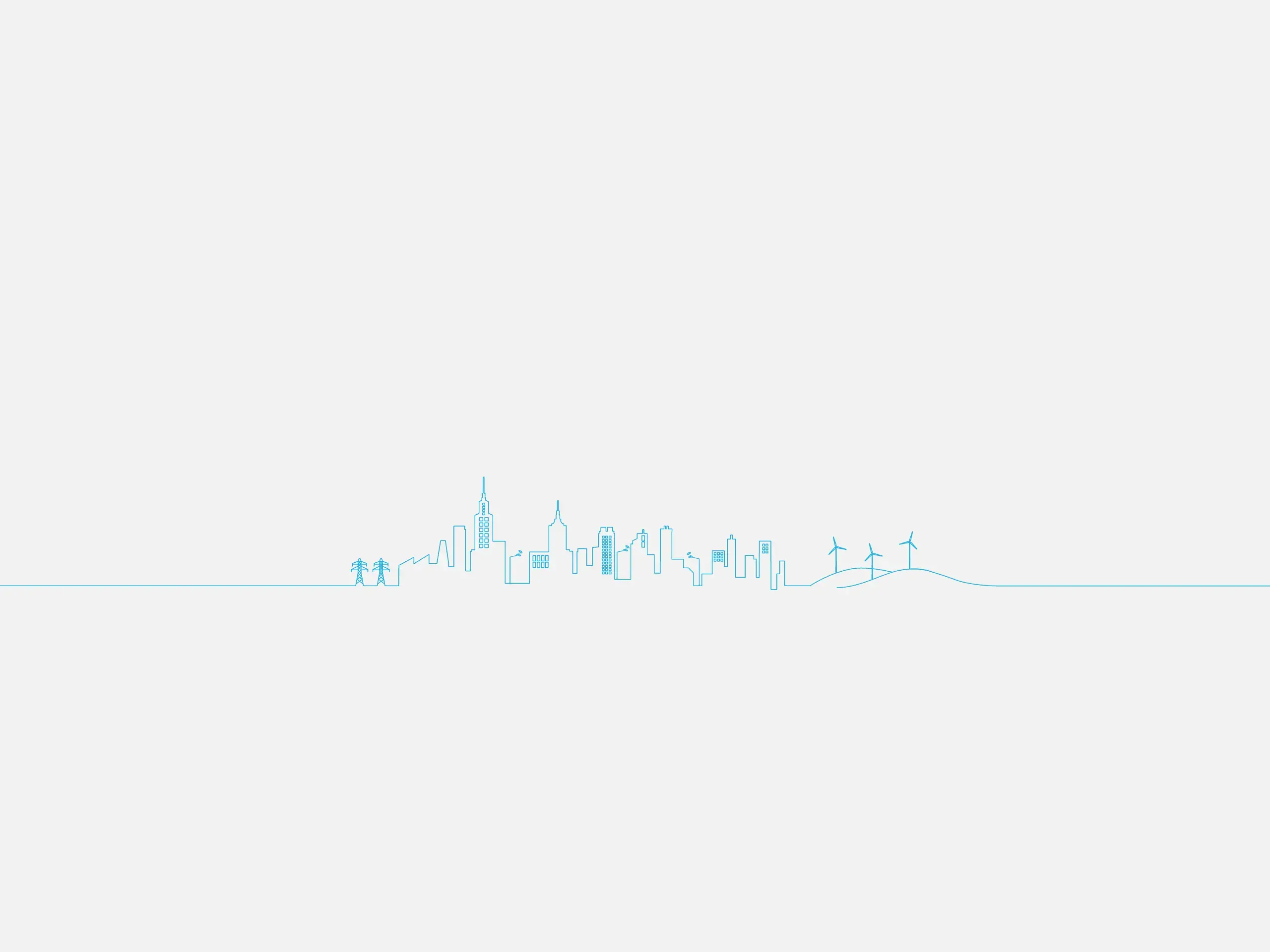Beyond the Plate

Police Chief Magazine
LPR Technology’s Emergence as a Force Multiplier in an Age of Limited Resources
FULL ARTICLE:
Police agencies are facing mounting pressure to uphold public safety amid staffing shortages and dwindling resources. To meet the need for visibility and fast response across municipalities large and small, license plate recognition (LPR) has emerged as a force multiplier. By leveraging technology , agencies across the United States have managed to increase their effectiveness and maintain public trust.
LPR as a Force Multiplier
In recent years, staffing challenges have impacted police departments of all sizes. In that time, LPR systems have become as an invaluable extension of a department’s in-person presence. Officers can only be in one place at a time—but LPR camera technology can provide around-the-clock coverage.
Strategic placement of LPR throughout a city offers 24/7 monitoring of major corridors, high-crime areas, and key “choke points” where all inbound and outbound traffic in a city must pass. Now, the integration of artificial intelligence (AI) into video management systems allows police departments to be alerted to incidents, vehicles of interest, and other key safety indicators—without diverting personnel from their primary duties.
LPR systems have come to serve as virtual patrol units, allowing agencies to monitor and respond promptly to areas most in need of their direct attention.
Utilizing Evidentiary Video
LPR systems provide an unprecedented level of awareness, alertness, and accuracy. When integrated with advanced analytics and AI, these cameras can detect patterns and alert officers to vehicles of interest, such as those tied to Amber Alerts, reported as stolen, or connected to individuals with outstanding warrants. This can significantly cut down response times, often allowing agencies to intervene during a crime in progress and helping to solve open cases.
Video and images captured from LPR and situational awareness cameras can also be used as compelling evidence in investigations, offering a precise, timestamped account of events.
Balancing Public Safety with Privacy
As with any data collection technology, LPR systems have sparked public concerns over privacy and potential misuse. However, agencies are increasingly adopting privacy-forward practices and tools to address these issues. Modern LPR platforms offer options such as real-time privacy masking and automatic retention schedules to ensure data are only stored and accessed when necessary.
Transparency also plays a crucial role. Gathering public input on data usage and integrating it into privacy protocols has helped to reinforce the message that these systems are in place to protect communities—not to invade their privacy.
Why LPR Is More Accessible Than Ever
Creativity and innovation in deployment has made LPR more affordable and adaptable than ever before. Police departments are beginning to turn to their existing streetlight infrastructure—which is positioned at the right height, in the right locations, and offers reliable power—to deploy LPR. Streetlight-mounted deployments eliminate the extensive permitting process, the need for power trenching, and any new pole or enclosure construction, drastically reducing the time and cost it takes to deploy LPR solutions.
Flexible streetlight deployment options are also easier to move, enabling an agile, short-term monitoring solution for areas experiencing crime spikes. These adaptable deployment technologies allow agencies to scale their networks incrementally, aligning investment with evolving community needs and budgets.
A Critical Tool in the Public Safety Toolbox
These expanded use cases and simplified path to deployment have made LPR an indispensable tool in modern policing. Functioning as an always-on resource, LPR enhances investigative reach and acts as a real-time alert system, giving police agencies an advantage in both preventing and responding to crime.
The real value of LPR lies not in the hardware itself, but in how departments use the data to build safer, smarter communities. When implemented responsibly, with attention to privacy, equity, and transparency, LPR technology is proven to bridge the gap between limited resources and rising expectations.
ABOUT UBICQUIA: Ubicquia AI-driven platforms make existing critical infrastructure intelligent to increase grid resiliency, reduce energy consumption, and enhance operational efficiencies for utilities and municipalities. The company’s advanced analytics platform leverages more than 2 billion data sets per day to deliver its customers actionable insights. Ubicquia’s products and solutions, which include sensors, software, and connectivity, are compatible with over 450 million streetlights, 500 million transformers, and 1 billion utility poles worldwide. Ubicquia’s platforms are deployed in more than 800 utilities and municipalities, and its technologies are integrated on an OEM basis with leading manufacturers of transformers, streetlights, and public safety video solutions. For more information, visit www.ubicquia.com.
Original link here: https://www.policechiefmagazine.org/beyond-the-plate-lpr-ubicquia/?ref=e4ece1b2067872be78255973d4e67092

